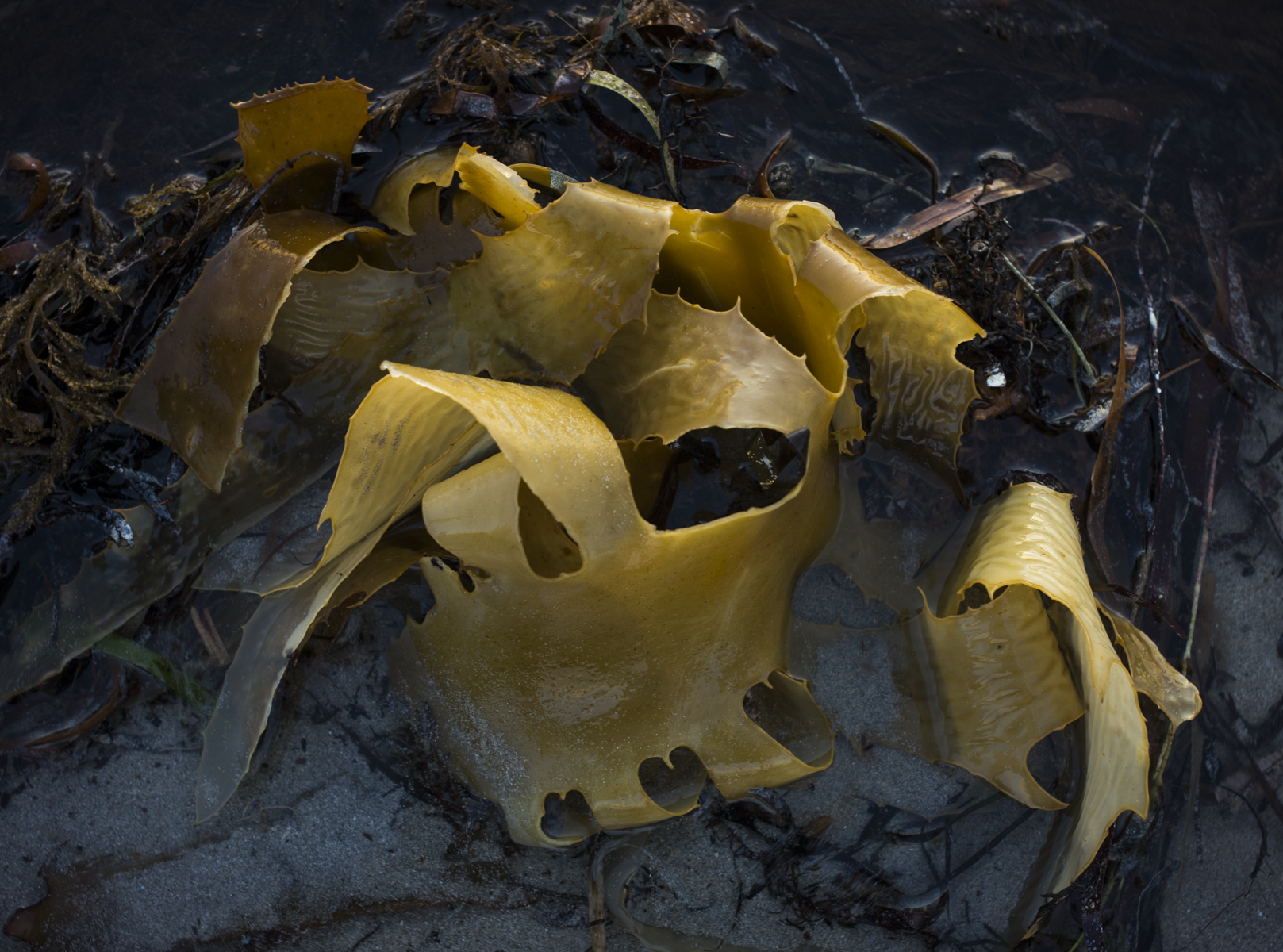This picture of the former Customs Clearing Office, known locally as the Radio Shack, on the corner of Todd and Divett streets, in Port Adelaide shows the state of heritage at the Port. This area has been earmarked for residential redevelopment, and this historic building, which housed the Port Adelaide Radio Club for more than 15 years, has been left to decay.

It is currently owned by the South Australian state government Land Management Corporation, whose “primary aim is to provide social, economic and environmental benefits to all South Australians”. It looks as if it will be quarantined from the waterfront development of the “upmarket” lifestyle residences that has stalled since the global financial crisis.










